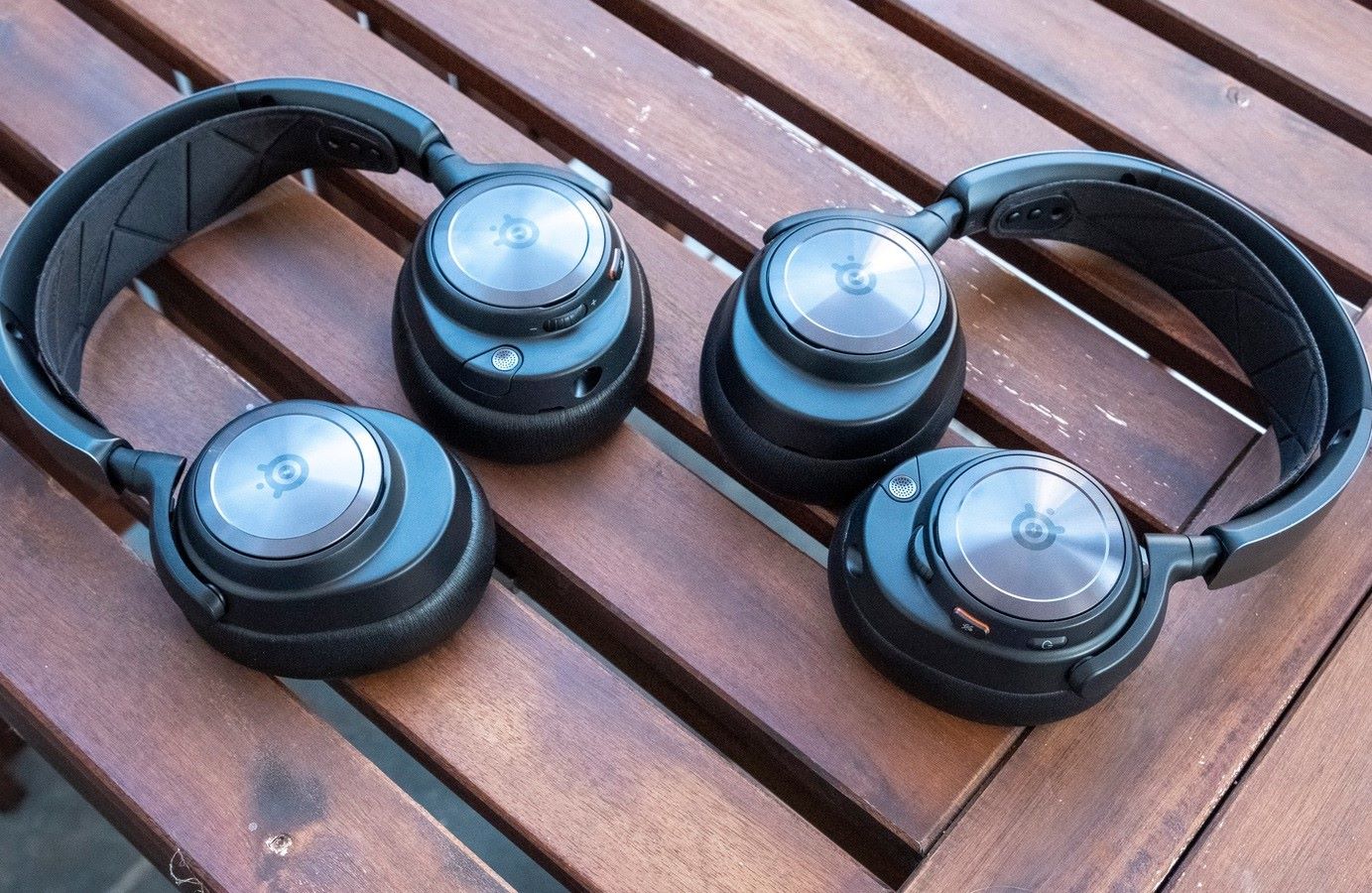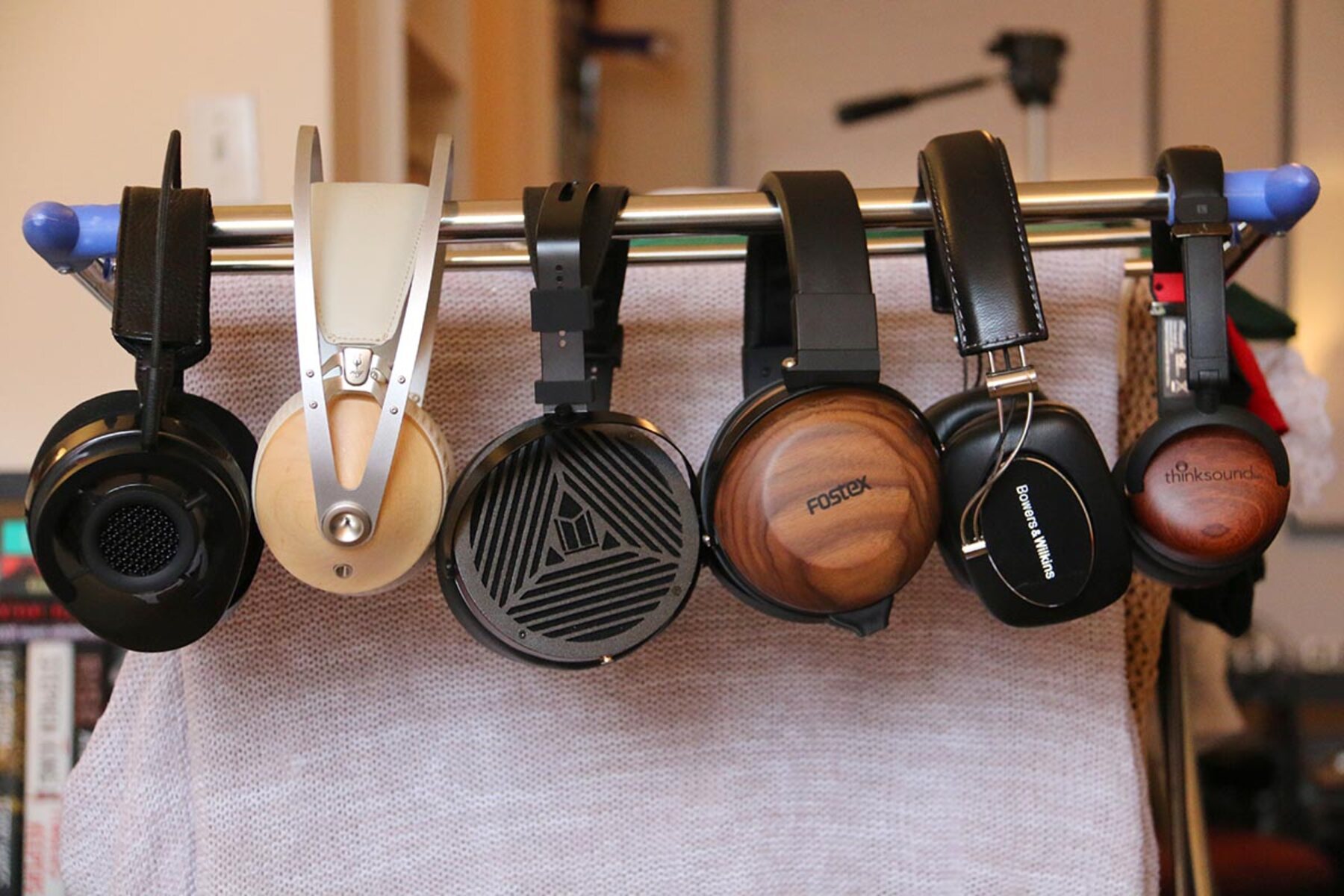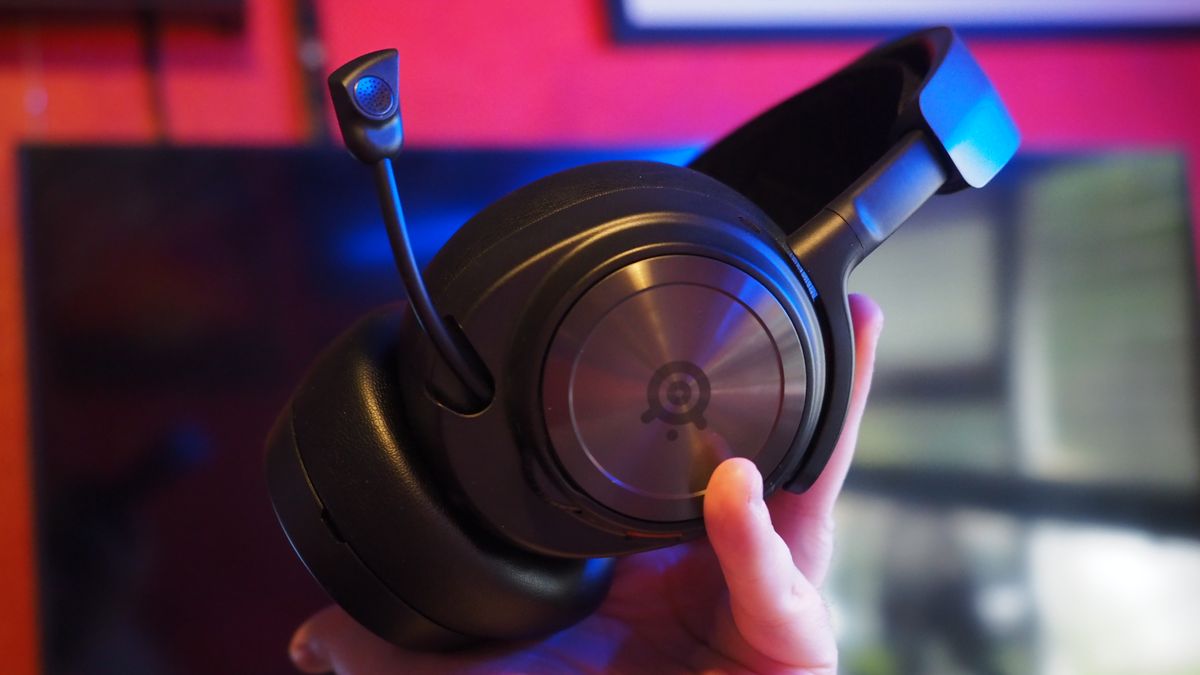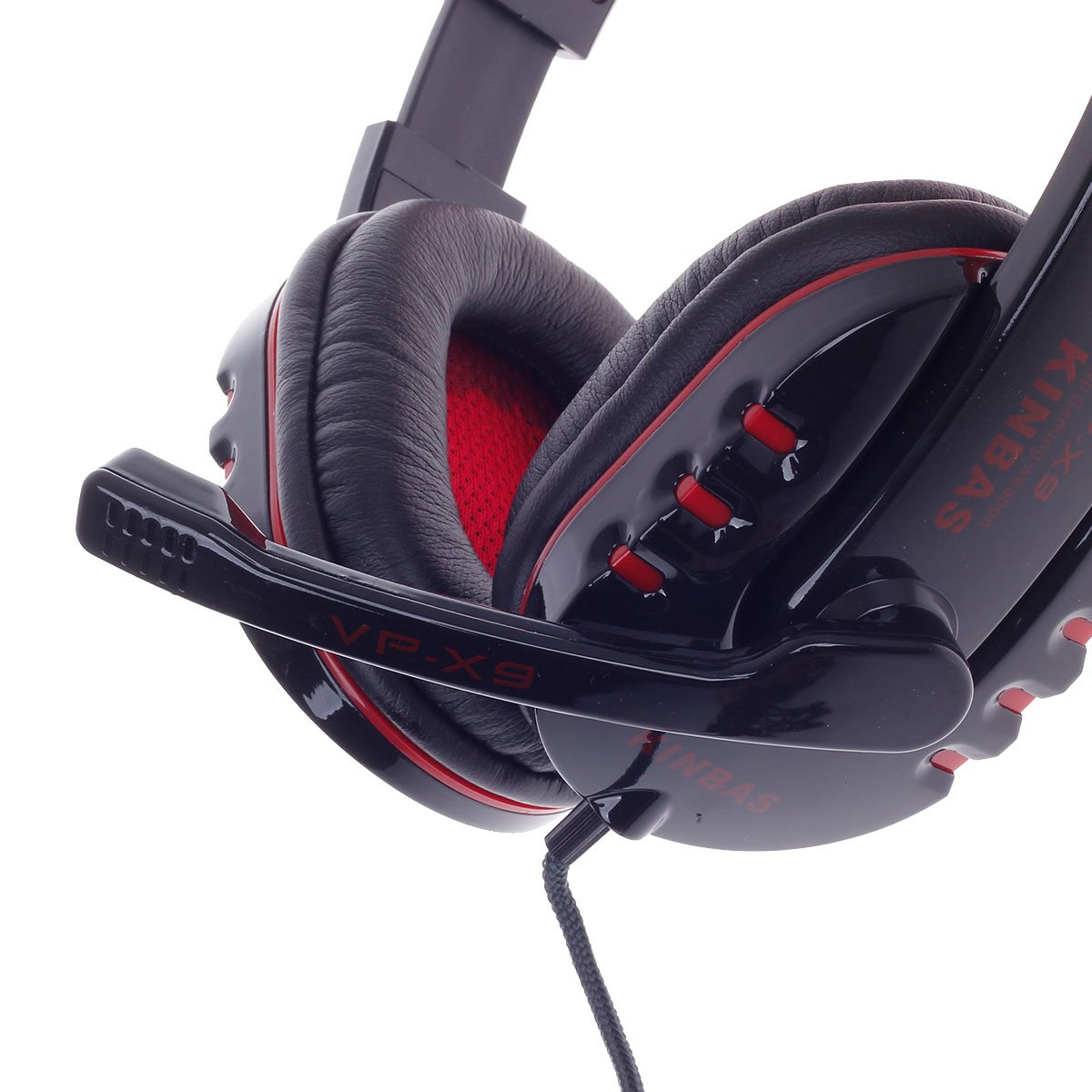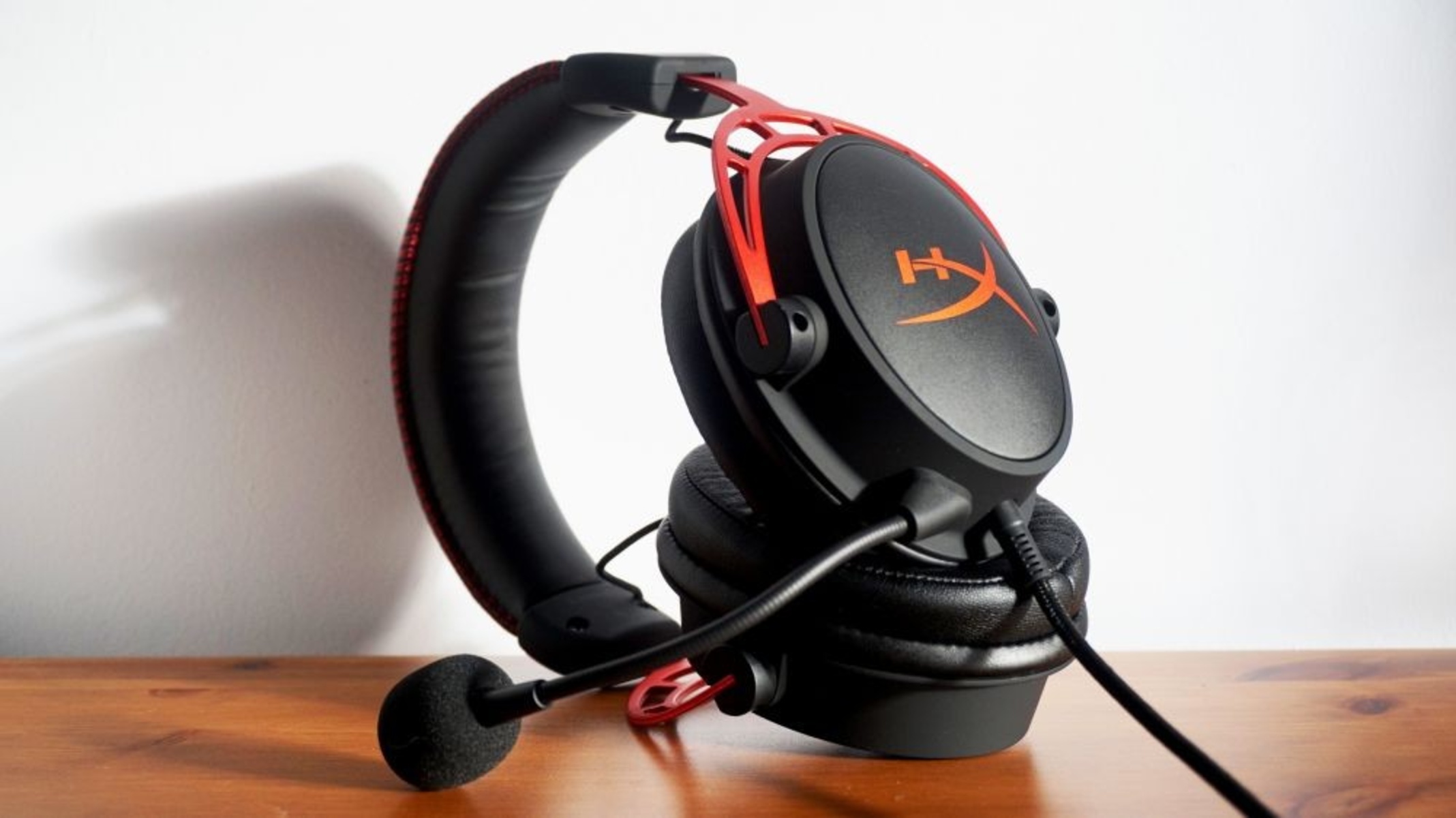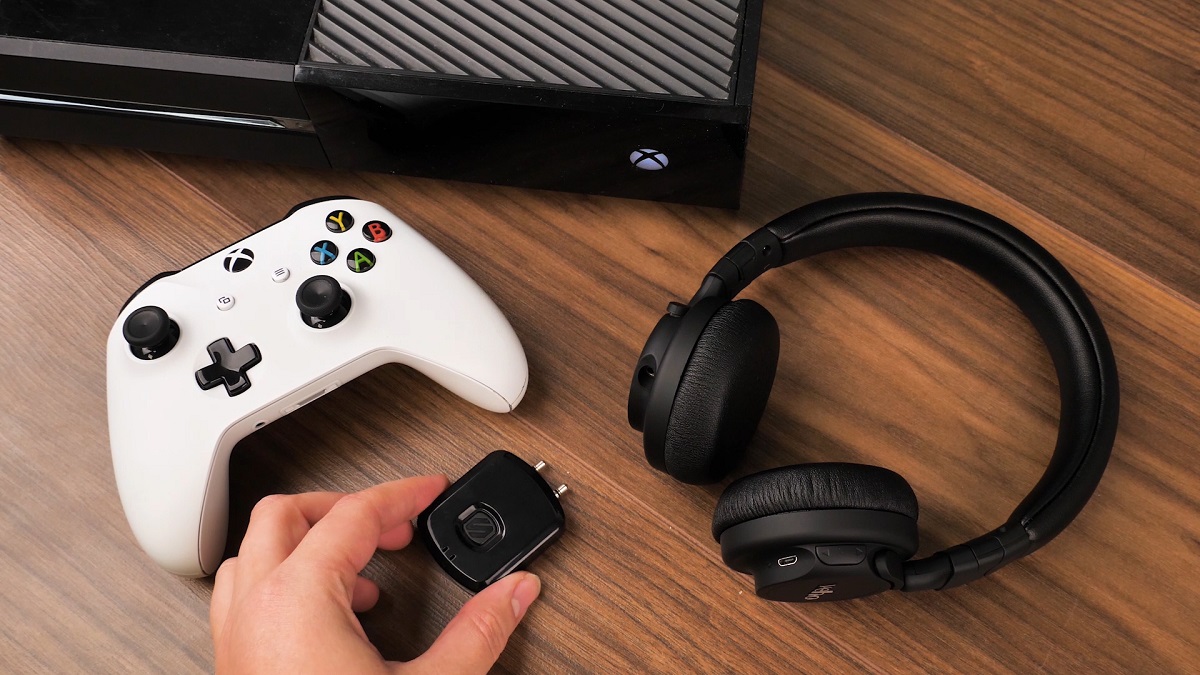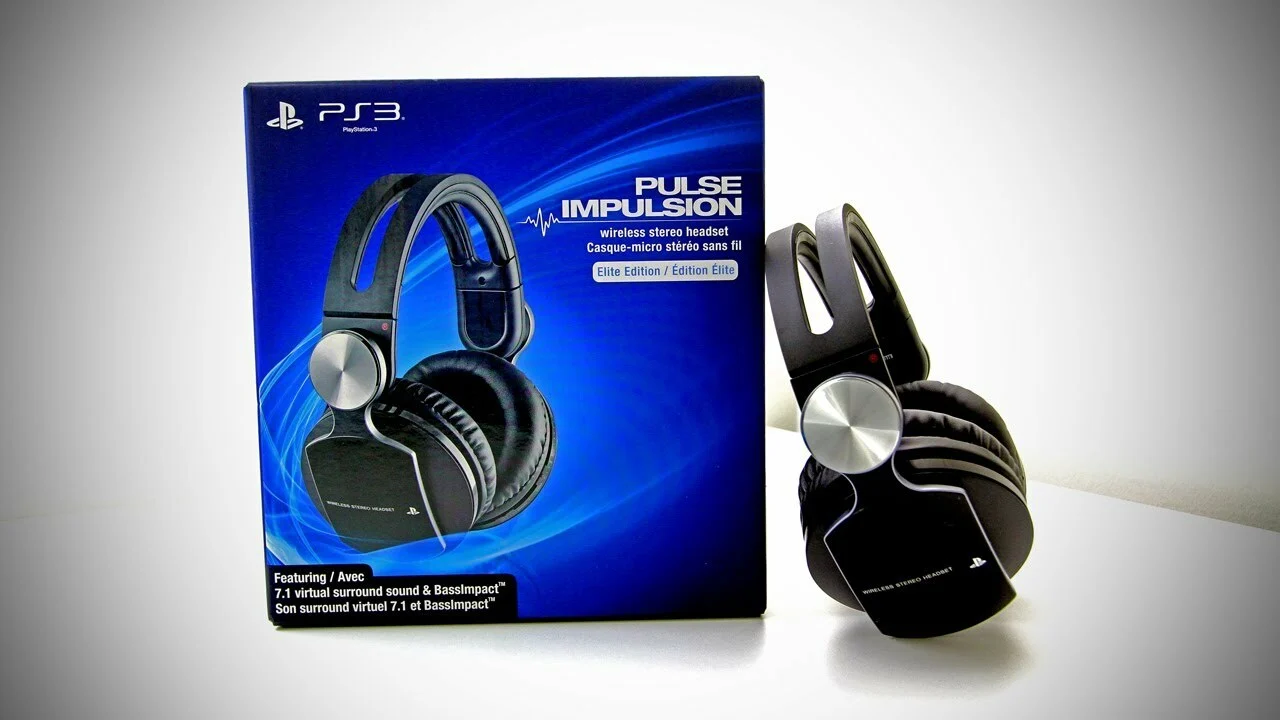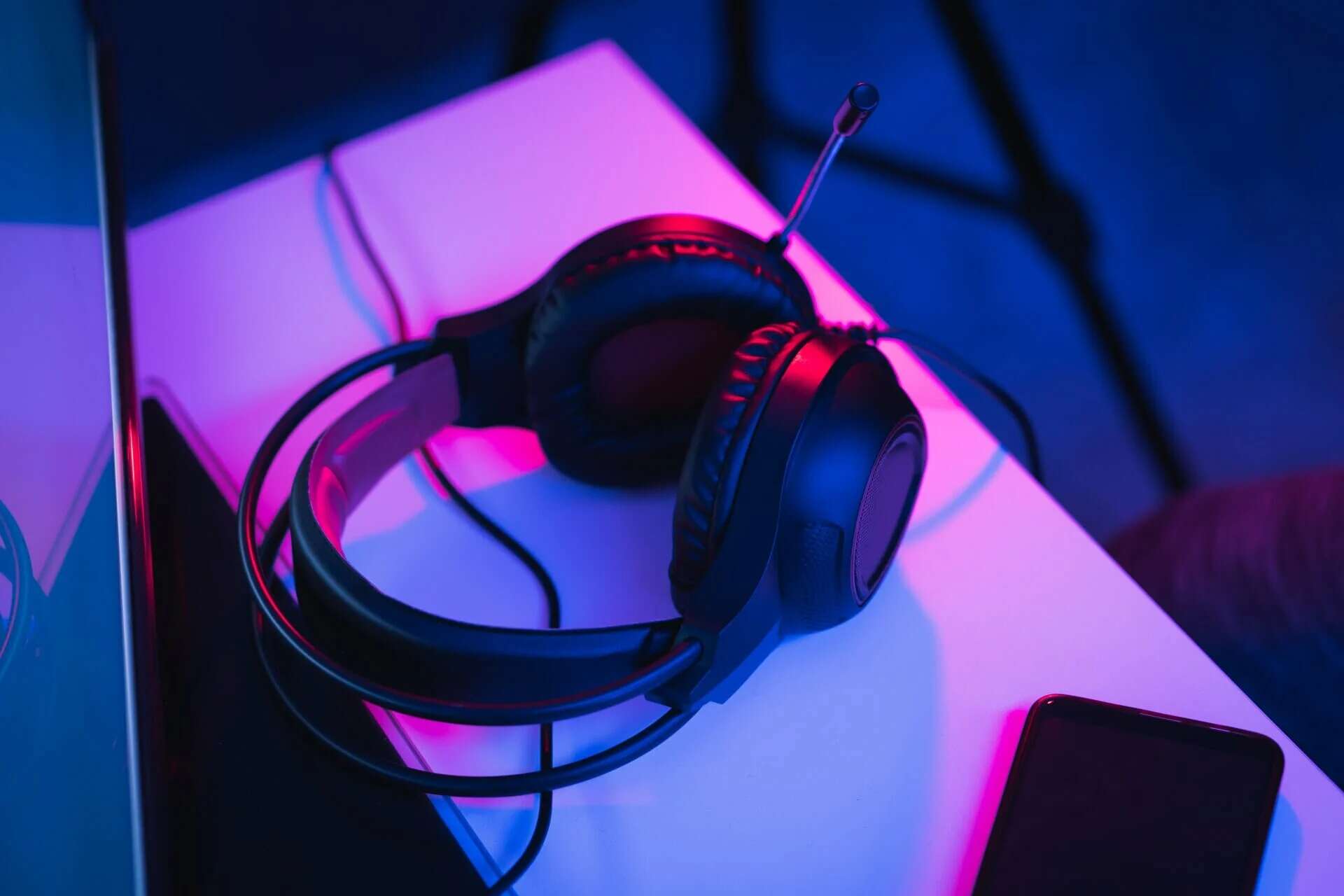Introduction
When it comes to gaming or engaging in virtual communication, the quality of your headset plays a pivotal role in your overall experience. However, beyond the physical attributes of a headset, there's a crucial element that significantly impacts its performance: sensitivity settings. These settings determine how your headset picks up and processes audio input, making them a vital aspect of your gaming or communication setup.
Understanding and optimizing your headset's sensitivity settings can make a remarkable difference in the clarity, accuracy, and overall performance of your audio input. Whether you're a dedicated gamer, a remote worker, or simply someone who values high-quality audio, delving into the world of headset sensitivity settings can unlock a new level of immersion and precision in your digital interactions.
In this comprehensive guide, we'll explore the nuances of headset sensitivity settings, the importance of adjusting them to suit your specific needs, and practical tips for finding the optimal settings for your setup. By the end of this article, you'll be equipped with the knowledge and insights to harness the full potential of your headset's sensitivity settings, elevating your audio experience to new heights.
Understanding Headset Sensitivity
Headset sensitivity, often referred to as mic sensitivity, is a critical parameter that determines how a headset captures and processes audio input. It essentially measures the responsiveness of the headset's microphone to sound waves, indicating how effectively it converts acoustic signals into electrical signals for transmission and recording. This sensitivity is measured in decibels (dB) and plays a pivotal role in determining the headset's ability to pick up and amplify sounds.
In practical terms, the sensitivity setting of a headset determines how effectively it captures various audio levels, from subtle whispers to booming shouts. A higher sensitivity means that the microphone can capture even the faintest of sounds, making it ideal for recording quiet or distant audio sources. Conversely, a lower sensitivity setting requires a louder sound input to register effectively, which can be beneficial in noisy environments to reduce background noise interference.
It's important to note that while high sensitivity can capture a wide range of sounds, it may also lead to an increased likelihood of picking up unwanted ambient noise. On the other hand, low sensitivity settings may result in a more focused audio capture, but they could potentially miss out on subtle nuances in quieter environments.
Understanding headset sensitivity is crucial for tailoring your audio setup to your specific needs. Whether you're a content creator aiming for pristine voice recordings, a gamer seeking clear and accurate communication, or a professional looking to optimize remote work calls, grasping the nuances of headset sensitivity empowers you to make informed adjustments for an enhanced audio experience.
By comprehending the intricacies of headset sensitivity, you gain the knowledge necessary to fine-tune your audio input, ensuring that your headset performs optimally in diverse environments and usage scenarios. This understanding forms the foundation for effectively adjusting sensitivity settings to suit your preferences and requirements, ultimately enhancing the overall quality of your audio interactions.
Importance of Adjusting Sensitivity Settings
Adjusting sensitivity settings is a crucial aspect of optimizing the performance of your headset, offering a multitude of benefits that directly impact your audio experience. Whether you're immersed in intense gaming sessions, participating in virtual meetings, or creating content that demands pristine audio quality, the significance of fine-tuning sensitivity settings cannot be overstated.
First and foremost, customizing sensitivity settings allows you to tailor your headset's performance to the specific environment in which you're using it. For instance, in a noisy gaming environment, lowering the sensitivity can help minimize background noise, ensuring that your communication remains clear and focused. On the other hand, for content creators or professionals working in quieter settings, increasing sensitivity can capture subtle nuances and deliver more detailed audio recordings.
Moreover, adjusting sensitivity settings can significantly enhance the accuracy and clarity of audio input. By finding the optimal sensitivity level for your headset, you can ensure that your voice is captured with precision, free from distortion or muddiness. This is particularly crucial in competitive gaming scenarios where effective communication can be the difference between victory and defeat. Similarly, in professional settings, clear and accurate audio input is essential for effective virtual collaboration and communication.
Furthermore, optimizing sensitivity settings can contribute to a more immersive and engaging audio experience. Whether you're delving into the rich narratives of single-player games or engaging in lively discussions during virtual meetings, a well-adjusted sensitivity setting can elevate the overall quality of audio input, enhancing the depth and realism of the sound environment.
Additionally, by fine-tuning sensitivity settings, you can mitigate potential issues such as feedback and audio distortion, ensuring that your headset operates smoothly and consistently across various usage scenarios. This proactive approach to sensitivity adjustment can preemptively address common audio challenges, allowing you to focus on enjoying seamless communication and immersive audio experiences without disruptions or technical hitches.
In essence, the importance of adjusting sensitivity settings lies in its ability to empower you to optimize your headset's performance, ensuring that it aligns with your specific needs and usage scenarios. By fine-tuning sensitivity settings, you can enhance audio clarity, minimize unwanted noise interference, and create a more immersive and enjoyable audio experience across gaming, professional, and content creation domains.
How to Adjust Headset Sensitivity
Adjusting the sensitivity settings of your headset is a straightforward yet impactful process that can significantly enhance your audio experience. Whether you're aiming to fine-tune your microphone's responsiveness for gaming, virtual meetings, or content creation, the following steps will guide you through the process of adjusting headset sensitivity settings:
1. Accessing the Control Panel or Settings Menu
Begin by accessing the control panel or settings menu of your device. This can typically be found in the system preferences or audio settings section, depending on your operating system. Look for the microphone or audio input settings, where you'll find options to adjust sensitivity.
2. Navigating to Microphone Properties
Once in the control panel or settings menu, navigate to the microphone properties or advanced audio settings. Here, you'll find specific options related to microphone sensitivity, often displayed as a slider or numerical scale representing decibel levels.
3. Adjusting Sensitivity Levels
Depending on your preferences and usage scenario, you can fine-tune the sensitivity settings by adjusting the slider or numerical scale. Moving the slider towards higher sensitivity levels enables the microphone to capture quieter sounds, while sliding it towards lower sensitivity levels requires louder input to register effectively.
4. Testing and Refining
After making adjustments, it's crucial to test the microphone's performance in real-time. Engage in typical activities that reflect your intended usage, such as speaking at varying volumes or simulating gaming communication. This allows you to assess the impact of sensitivity adjustments and refine the settings to achieve the desired audio capture.
5. Considering Environmental Factors
When adjusting sensitivity settings, consider the environmental factors that may influence audio input. For instance, in noisy environments, reducing sensitivity can help minimize background noise, while in quieter settings, increasing sensitivity can capture nuanced details without distortion.
6. Fine-Tuning for Specific Applications
If you primarily use your headset for specific applications, such as gaming or professional meetings, consider fine-tuning sensitivity settings to align with the unique demands of each scenario. This tailored approach ensures that your headset performs optimally in diverse usage contexts.
By following these steps and considering the specific demands of your usage scenarios, you can effectively adjust the sensitivity settings of your headset to align with your preferences and environmental factors. This proactive approach empowers you to optimize audio input, enhancing clarity, accuracy, and overall audio performance across various activities and applications.
Tips for Finding the Right Sensitivity Settings
Finding the optimal sensitivity settings for your headset is a nuanced process that can significantly impact your overall audio experience. Whether you're navigating the immersive landscapes of gaming environments, engaging in virtual collaboration, or capturing pristine audio for content creation, the following tips can guide you in discovering the right sensitivity settings tailored to your specific needs and preferences.
-
Gradual Adjustments: When fine-tuning sensitivity settings, opt for gradual adjustments to gauge their impact on audio input. Incremental changes allow you to assess the microphone's performance at varying sensitivity levels, enabling you to pinpoint the setting that best aligns with your usage scenarios.
-
Real-Time Testing: Engage in real-time testing while adjusting sensitivity settings. Speak at different volumes, simulate gaming communication, or participate in virtual meetings to evaluate how the microphone captures your voice. This hands-on approach provides immediate feedback, facilitating informed adjustments to achieve the desired audio clarity and precision.
-
Environmental Considerations: Consider the ambient noise levels and environmental factors that influence your audio setup. In noisy environments, lowering sensitivity can help minimize background noise, enhancing the clarity of your voice. Conversely, in quieter settings, increasing sensitivity can capture subtle details without distortion, delivering more nuanced audio input.
-
Collaborative Feedback: If you're using the headset for virtual collaboration or content creation, seek feedback from peers or collaborators regarding the clarity and accuracy of your audio input. Their perspectives can offer valuable insights into how your sensitivity settings impact the overall communication and content creation process, guiding you towards optimal adjustments.
-
Application-Specific Optimization: Tailor sensitivity settings to align with the unique demands of specific applications. For gaming, consider adjusting sensitivity to optimize voice communication clarity and minimize background noise interference. In professional settings, prioritize clear and accurate audio input, adjusting sensitivity to enhance virtual collaboration and communication.
-
Recording Samples: Record audio samples at different sensitivity settings to objectively assess the quality and clarity of the captured audio. By comparing these samples, you can discern the impact of sensitivity adjustments on voice capture, enabling you to make informed refinements to achieve the desired audio performance.
By integrating these tips into your sensitivity adjustment process, you can navigate the intricate landscape of headset sensitivity settings with confidence and precision. This proactive approach empowers you to optimize audio input, ensuring that your headset delivers clear, accurate, and immersive audio experiences across diverse usage scenarios.
Conclusion
In the realm of audio immersion and communication, the often-overlooked realm of headset sensitivity settings holds the key to unlocking a truly personalized and optimized audio experience. By delving into the intricate nuances of sensitivity adjustments, users can transcend the realm of standard audio performance and tailor their headset's capabilities to suit their unique needs and usage scenarios.
The journey of understanding headset sensitivity unveils the pivotal role it plays in capturing and processing audio input. From the responsiveness of the microphone to the subtle nuances of sound capture, sensitivity settings dictate the very essence of audio immersion and communication. This knowledge forms the foundation for the critical task of adjusting sensitivity settings, empowering users to fine-tune their headsets for optimal performance in diverse environments.
The importance of adjusting sensitivity settings resonates across various domains, from the competitive landscapes of gaming to the professional arenas of virtual collaboration and content creation. By customizing sensitivity levels, users can enhance audio clarity, minimize unwanted noise interference, and create a more immersive and enjoyable audio experience. This proactive approach ensures that headsets align with specific needs, fostering seamless communication, and elevating the overall quality of audio interactions.
The process of adjusting sensitivity settings unfolds as a deliberate and impactful endeavor, guided by gradual adjustments, real-time testing, environmental considerations, collaborative feedback, and application-specific optimization. These strategic steps empower users to navigate the complexities of sensitivity adjustments with confidence, precision, and a keen eye for tailored audio performance.
In conclusion, the art of adjusting headset sensitivity settings transcends the realm of technical configurations, emerging as a personalized journey towards audio excellence. By embracing the nuances of sensitivity adjustments and integrating practical tips into the process, users can harness the full potential of their headsets, unlocking a realm of immersive audio experiences tailored to their preferences and usage scenarios. This proactive approach not only enhances audio clarity and precision but also fosters a deeper connection with the digital realm, amplifying the impact of virtual communication and audio immersion in diverse contexts.







